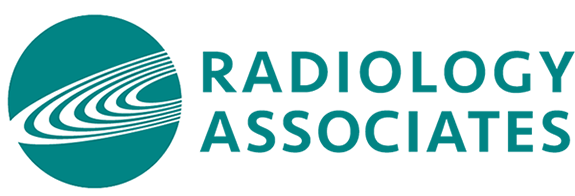Joshua P. Zeidenberg, MD
Thanks to ever-changing technologies, the practice of Radiology continues to advance at an impressive pace. This is great news for doctors and patients, even as changes present challenges to radiologists, who require ongoing education and training to remain on top of every innovation. Here, musculoskeletal imaging subspecialist Joshua P. Zeidenberg, MD provides his perspective on the subject.
Q: What inspired you to go into Radiology?
When I was 16, I got into a car accident and injured my back. I remember getting an MRI at the time and meeting the radiologist. He was nice enough to invite me back and show me my images. He also introduced me to the world of radiology and I never looked back since that day.
Q: What do you find most challenging in this field for you, specifically today?
Looking for answers beyond anything related to the pandemic, unless it is truly rad related. The most challenging aspect of our field is the increasing complexity of the diagnoses afforded by the ever-improving scan quality. Think of the difference in image quality from a television set in your childhood, and compare it to the latest OLED technology available today. As radiologists, we must constantly sharpen our skills to keep up with the improving anatomic detail on our state-of-the-art scans.
Q: Are there new technologies you are using now or see on the horizon that you find especially fascinating or exciting?
Every day there is something new on the horizon. AI will be a constant topic in the field but will need time to mature. Other exciting areas of development include using virtual reality (VR) software to visualize the three-dimensional anatomy of organ systems, PET/MRI fusion to follow cancer therapies, and MRI surveillance and detection of Alzheimer’s disease.
Q: What funny or odd question do you often get from patients?
Sometimes before a pain-relieving joint injection I’ll get asked, “Will it hurt?” to which I reply, “No – would you like it to?” That usually invites a laugh, and loosens people up so they can relax during therapy.


